TV or Television has become almost an essential appliance in every household these days. It provides us entertainment and knowledge along with a source to spend some of our free time. Though it doesn’t sound to be big deal, buying a TV is not that easy a task as you might think. When you buy such an important appliance, it is important to get the best one as per your requirements. To get the best TV, you will need to know everything about the options available for you in the market. First, go through the guide to buying the best TV, and then, make yourself familiar with the different types of Television available.
Types of Television
There are different types of TVs that you can find in the market, but only a few will be suitable for you as per your needs. The differentiation in TVs is done based on numerous parameters, of which some can be a bit similar while others are completely different. Let us know more about the different types of Television as per the different parameters in detail.
A. Based on Technology
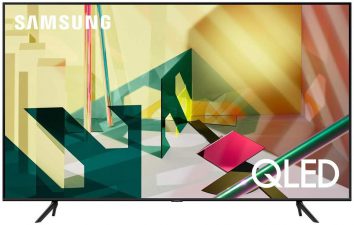
Technology is one of the most important factors that affect the choice of TV and it keeps on changing over time. The more advanced the technology is, the better experience and features it offers for you.
Some bestselling TVs based on technology:
- SAMSUNG 65-inch Class QLED Q70T Series – 4K UHD Dual LED Quantum HDR Smart TV with Alexa Built-in (QN65Q70TAFXZA, 2020 Model)
- TCL 65-inch 6-Series 4K UHD Dolby Vision HDR QLED Roku Smart TV – 65R635, 2021 Model
- Govee Immersion WiFi TV LED Backlights with Camera
- Hisense 40-Inch Class H4 Series LED Roku Smart TV with Alexa Compatibility (40H4F, 2020 Model)
- Quantum Light-Emitting Diode (QLED): The Q in QLED means Quantum Dot and contrary to the limited color filters and combinations offered by the white LEDs, it comes with a different option for producing color for the screen. The Quantum dots are of different sizes, with their diameters ranging between 2 to 10 nanometers, and produce distinct colors based on their size. These dots can define the colors more precisely and are heavily saturated with the help of blue LEDs. Also, based on efficiency and cost, the Quantum dot technology is used to display colors on the screen in different ways.
- Organic Light-Emitting Diode (OLED): The OLED TVs have an organic compound, either in form of polymers or small molecules, that responds to electricity by emitting light. The organic compound is located between two electrodes of the TV and at least one of the electrodes is transparent. The OLEDs don’t have any backlighting and have greater contrast ratios. The OLED TVs are usually thinner in comparison to the LCD TVs as they don’t have filter layers.
- Light-Emitting Diodes (LED): The LCD TVs that have light-emitting diodes (LEDs) as backlighting instead of the standard CCFLSs or cold-cathode fluorescent lights. The LED TVs are thinner and more efficient than the LCD TVs. it provides more saturated and deeper colors to the images on the screens.
- Liquid Crystal Display (LCD): The technology of the LCD TVs uses liquid crystals where the molecules are in fluid form but retain a crystal structure that is common for all the molecules. Each pixel has numerous liquid crystal molecules that are precisely aligned between the two electrodes and polarizing filters. The images are created on the screen depending on the different voltages applied on different pixels of the TV screen.
- Digital Light Processing (DLP): DLP TVs are an old model that is not produced anymore since 2012. These TVs have an optical semiconductor chip that has more than 1 million mirrors to process digital signals by reflecting light in different directions and tilting the mirrors at different degrees to create an image on the TV screen.
- Plasma Panels: The plasma displays in the TV are designed in the form of cellular grids that contain an ionized gas called plasma inside its pixels. This ionized gas is reactive to electric fields and thus the plasma layer has an electrode on each side and glass panels in the front and backside. The phosphor screens of the plasma TVs and the cathode ray tube TVs are similar, but the plasma technology has a faster frame response time. Most of the TV manufacturing companies have discontinued the production of plasma TVs since 2015. So, you can only get refurbished and used models of plasma TV, if you want one.
- Direct TV: Direct TVs are the basic and classic TV models and they used cathode ray tube technology for their screens. These are mostly out of production due to the emergence of newer technologies but are still useful for some older video games. These models can be modified to be used with other technologies these days, but are difficult to find.
B. Based on Screen Type
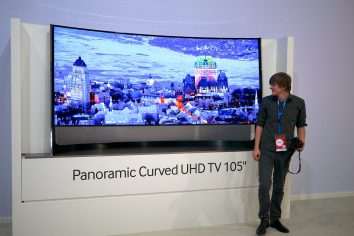
The screen type is also a deciding factor when you go TV shopping for yourself. There are two types of screen types in the case of TVs and both have their benefits and drawbacks.
Some TV recommendations based on the screen type:
- Samsung UN55RU7300FXZA Curved 55-Inch 4K UHD 7 Series Ultra HD Smart TV with HDR and Alexa Compatibility (2019 Model)
- SAMSUNG QN32Q50RAFXZA Flat 32″ QLED 4K 32Q50 Series Smart TV (2019 model)
- Flat Screen: Flat TVs are lightweight TVs with thin and narrow screens and are the most commonly used TVs these days. These TVs have higher resolution and better linearity in comparison to the old cathode ray tube display TVs. Most of these TVs have inbuilt speakers and tuners with the capability to broadcast over-the-air channels.
- Curved Screen: The curved screen TVs are a relatively new technology that comes with a concave screen. Though these provide a greater viewing field, curved TVs are not as acceptable as flat TVs due to some basic issues. A curved screen is only beneficial when the viewer sits closer to it as the images start getting distorted on the sides as the viewing distance increases.
C. Based on Resolution
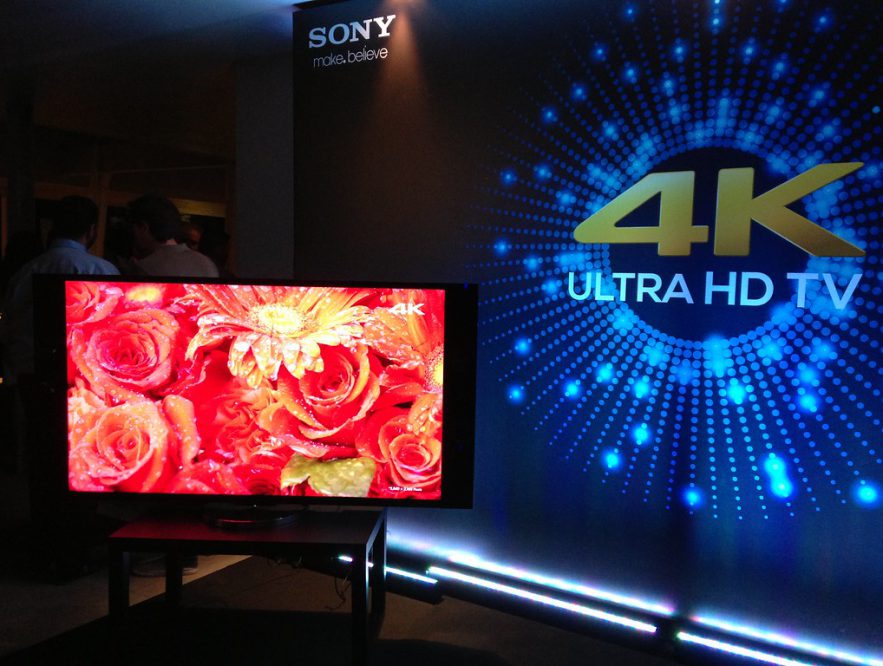
Resolution means the number of pixels displayed in each dimension of an image or for video display. The higher the number of pixels in an image, the better is the resolution and quality of the image or video.
- 720p Resolution TV: A 720p TV has a resolution of 1280×720 pixels and is also known as Standard HD or HD ready. This resolution has become almost obsolete these days and a TV with a 720p resolution may even not be available in the near future. These TVs are suitable for you if you just need a small and inexpensive TV and don’t care much about the image quality.
- 1080p Resolution TV: The TVs with 1080p resolution have 1920×1080 pixels in a grid and provide full HD quality which is better than the 720p resolution. These TVs are economical and cost almost the same as the 720p TVs. Though with the continuous advent of technology, this resolution is also becoming outdated for TVs slowly.
- 4K Resolution TV: The resolution of 4K TVs is approximately 3840×2160 pixels and has at least 8 million pixels active on the screen at any time. These are one step higher than the full HD or 1080p resolution TVs. You get detailed and crisp images with the 4K resolution TV, adding to your entertainment satisfaction.
- 8K Resolution TV: The 8K resolution TVs are the latest in technology and provide the best image quality with the clearest and most detailed images and videos. These TVs have approximately 7680×4320 pixels, which is about four times more than the 4K resolution TVs. Though the 8k resolution TVs are costlier than its previous models, it provides sharper image quality and better sound system as well.
D. Based on Features
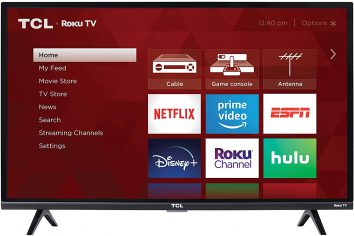
Nowadays, there are a number of additional features offered with the TVs that add to your entertainment and convenience. Based on the features and technological development, there are different types of television that you should consider.
You can look at some of these recommended TVs based on features:
- TCL 40-inch 1080p Smart LED Roku TV – 40S325, 2019 Model
- Caixun Android TV 50-Inch Smart LED TV 4K EC50S1UA – Ultra HD Flat Screen Television with HDR10 and Voice Remote
- Sony X80J 43 Inch TV: 4K Ultra HD LED Smart Google TV with Dolby Vision HDR and Alexa Compatibility KD43X80J- 2021 Model
- Smart TV: A Smart TV or connected TV (CTV) is a mix of a TV, a set-top box, and a computer. It allows you to broadcast over-the-air channels, as well as browse the internet to watch your favorite shows. Smart TVs have numerous additional features in comparison to the standard TV that adds to your user experience. Some of these TVs also give you an option to connect it to the voice assistant.
- High Dynamic Range (HDR): HDR is a technique that adds to the picture quality with its higher contrast between the white and black colors. The heightened dynamic range makes the images look more life-like. It is the latest technological feature in TVs that directly affects user satisfaction but also adds to the cost of the TV.
- Voice Activated: The voice assistant is becoming more and more common in homes these days. There are many voice assistants such as Alexa, Siri, and Google Assistant that can be connected to your smart devices including your Smart TV. It allows your TV to be voice activated and you get an option to control your TV just with your voice, without even touching the remote.
- ROKU Included: ROKU is a small hardware device that allows you to stream content from various apps and online sources on your TV. This device is manufactured by ROKU Inc., an American company. You are just required to download the ROKU app and enjoy your favorite movies and shows. A ROKU TV comes with all the functionalities of ROKU in-built in it.
Loading recommendations...

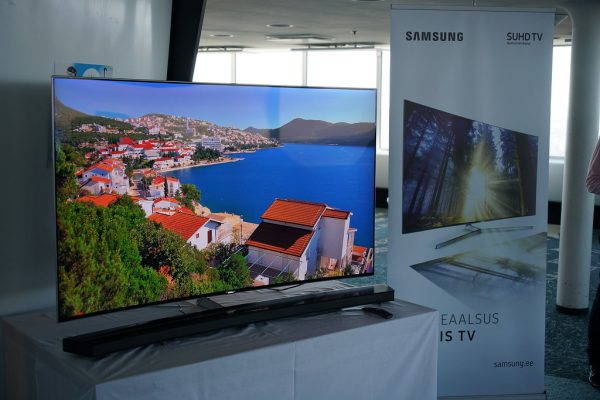
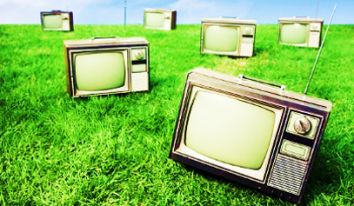
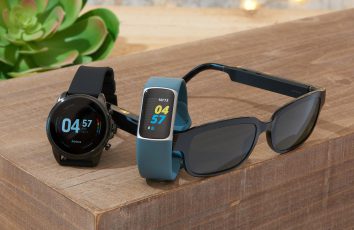

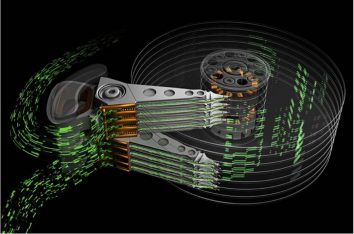
Wow It’s a lot of advice. I appreciate you handling them all. idle breakout
It was fascinating, and I enjoyed reading this piece. I’ll watch for new posts.
I don’t use the Internet very often and it’s much more convenient for me to watch movies and TV shows. Therefore, when I moved from my parents, I decided to connect myself with cable and read the reviews on https://global-tel-link.pissedconsumer.com/review.html to form an opinion about what kind of service they provide. Based on the reviews I read, I came to the conclusion that this is a fairly promising and easy option for me.
Thanks for sharing this informative and amazing post here. I found it very interesting and enjoy reading this post. Will wait for more posts.
Wow!!! What a blog. The way you explain it the way you use this word is mind-blowing. I just love this. Thanks for spreading this knowledge to us.
Wow That’s a lot of tips. Thanks for wrangling them all!